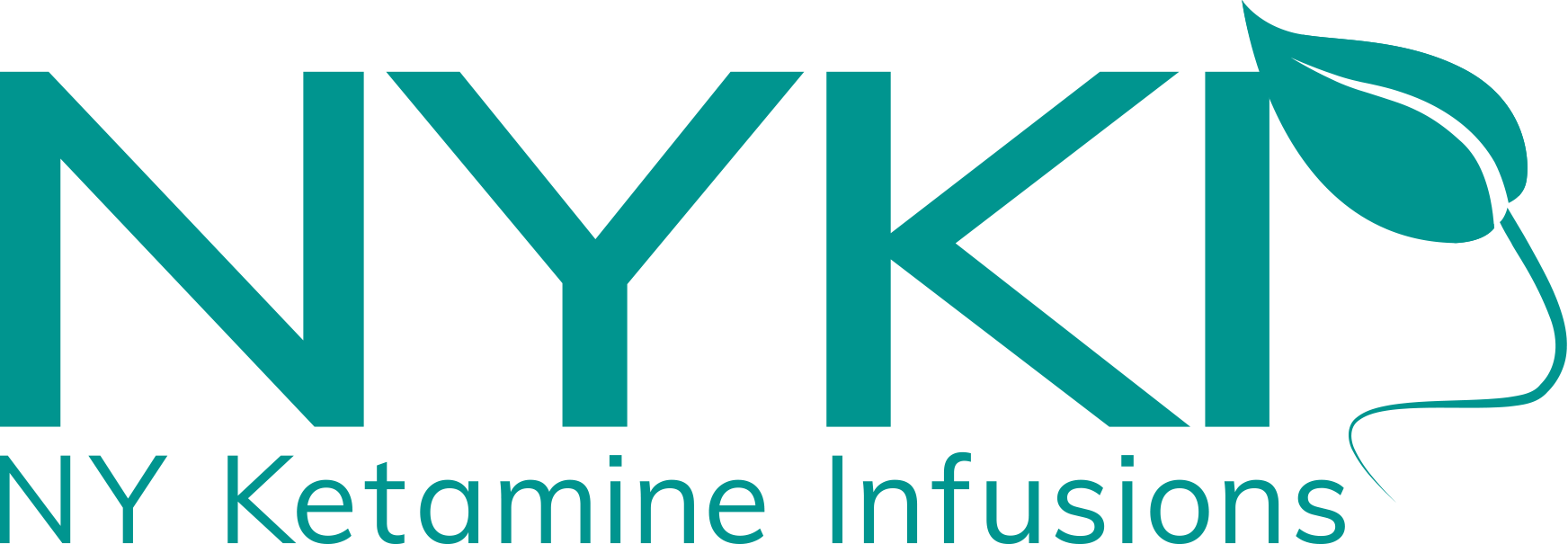NY Ketamine Infusions debuts its White Plains location where doctors administer ketamine therapy, a fast-acting antidepressant.
Curious about ketamine therapy? Now you can learn more about it right here in Westchester, thanks to the arrival of NY Ketamine Infusions in White Plains.
According to a study of 2,200 patients seen since January 2022, 84% of patients at NY Ketamine Infusions have experienced noticeable improvements. At the Westchester clinic, patients can receive IV ketamine treatment from experienced medical professionals in a controlled setting. As the largest individual practice in the world, NY Ketamine Infusions has treated nearly 4,000 patients in its New York City office alone.
Ketamine infusion therapy is a treatment option for people living with a range of mood disorders. Patients with major depressive disorder and treatment resistant depression and anxiety make up a large portion of the clinic’s patients. Ketamine is a safe and effective anesthetic that has been used worldwide since the 1970s and most recently has been noted for its aid to those struggling with major depressive disorder.
“Ketamine is the most important advance in the treatment of depression in the last 60 years,” says Doctor Robert Glatter, who has been administering ketamine for over 20 years as an emergency medicine physician and now doctor at NY Ketamine Infusions.
This advancement is due to ketamine’s fast-acting response. In the case that SSRIs, SNRIs, Tricyclic, or MAOI antidepressants don’t have an effect, it can be hard for a person to function and perform daily tasks. Glatter notes that some patients feel a response to the ketamine in just 24 hours, which is critical in some cases.
While standard antidepressants can take four to 12 weeks to work, if at all, ketamine has shown immediate efficacy after a single intravenous dose. “That rapid acting effect can be very critical for patients who are suicidal, certainly with the epidemic of suicides, especially since the pandemic. This is an important drug,” notes Glatter.
The clinic also treats PTSD, OCD, and neuropathic pain, with each therapy treatment tailored towards the patient. “PTSD comes in many forms. It doesn’t have to be trauma from the battlefield; we’re talking about people with trauma growing up, parental conflict, people with gender identity, body dysmorphia,” says Glatter.
Although the low-dose ketamine infusions don’t work for every patient who walks through the doors, numerous studies from world-renowned institutions show that safe infusions alleviate suffering in over 70% of patients.
Dr. Brooks, the founder of NY Ketamine Infusions, has administered ketamine for over 40 years as one of the nation’s leading practitioners. In 2012, he founded the clinic, becoming one of the world’s first therapy centers dedicated exclusively to providing ketamine infusions. The center primarily focuses on treating depression, mood disorders, and neuropathic pain through IV infusions.
All subanesthetic doses are administered by the clinic doctors inside their comfortable, private rooms. The infusions take about an hour followed by a half hour of quiet time. Patients are given six infusions over the period of two weeks, with each dose building upon the last; this is known as the induction phase. Assuming there’s a response, the patient will then receive infusions every four to six weeks.
“The way to control the dose reliably is through intravenous administration. It’s safe because we can monitor the patients,” says Glatter. The doctors can control the doses, rate of infusion, and patients’ experience in their medical setting.
“We can stop the drip, give them medicine like glucose to make them feel more awake, relieve their anxiety — but that’s a rare experience, just so you know,” adds Glatter.
Once beginning therapy, the exact number of infusions until a patient sees results may vary. The doctors say that most young adults will need three to four infusions before they notice significant improvements, while adults over 50 years old may need four to five infusions. Experiences vary per individual.
It takes the ketamine 12 to 15 hours to begin working after the initial infusion. People who experience trauma see elevated levels of cortisol in their brains. High levels of cortisol disrupt the level of BDNF (brain-derived neurotrophic factor). BDNF is critical in maintaining and growing synapses and dendrites, which are necessary for normal brain connectivity.
For a person to maintain a stable mood, their neurons in the brain need to connect with each other through dendrite and synaptic contact. Essentially what ketamine does, as a classified NMDA (N-methyl-D-aspartate) antagonist, is produce more BDNF in the brain, allowing for synapse regrowth.
“It’s not about the ketamine experience and what they feel in our rooms. It’s not about what you feel that translates into the effects of ketamine. The effects are delayed. It takes time for those synapses and dendrites to begin regenerating and producing,” says Glatter.
It’s encouraged that patients seeking ketamine therapy get a referral from a mental health care provider, although it’s not required. An initial phone or office consultation with one of the doctors should determine if you are a good candidate for the therapy.
“From my personal experiences and speaking from my heart, I can tell you it’s gratifying to take a patient who’s in a state where they’re unable to get out of bed, go to work, [or] they can’t interact with family and have them feel better, get out of bed, [and] be able to engage. That’s really our goal,” says Glatter.








